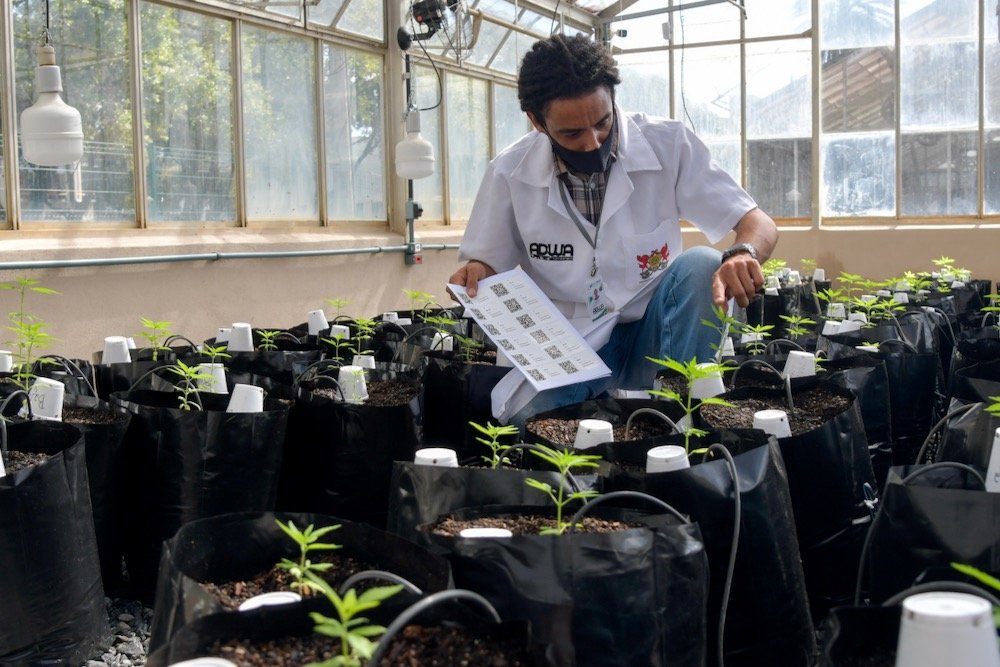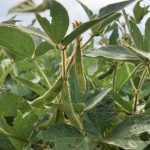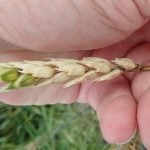CNS Canada — As hemp users develop more uses for the plant and its seed, so too grow the demands on the crop.
It’s a demand becoming tougher to fill, according to an industry expert, as the general public becomes increasingly interested in the plant.
“You talk about canola being the miracle crop? Well, hemp has even more uses,” said Kim Shukla of the Canadian Hemp Trade Alliance at Steinbach, Man.
Smoothies, cereals, milk, salad dressing and biodiesel are just some of the uses customers have come up with, with most of the demand coming from the U.S.
Read Also

U.S. grains: Soybeans fall as rapid harvest overshadows China trade hopes
U.S. soybean futures closed lower on Friday as pressure from a fast-advancing U.S. harvest offset early-session support from hopes that upcoming U.S.-China talks could revive stalled soybean trade.
Protein powder is another common hemp product, she said, but where in the past it was aimed exclusively at the bodybuilding market, now it’s directed towards the general public.
“That’s where we’re seeing it, in the smoothie market for people’s breakfasts.”
Canada’s crop this year is expected to measure 100,000 acres, about the same size as last year’s.
According to Shukla, the 2015 crop looks like a typical one despite some periods of excess dryness in Alberta.
The industry generally considers “decent” yields to be between 750 to 1,000 pounds an acre. Those numbers were reached last year and Shukla said she believes they’ll hit them again this year.
“We’re expecting decent yields based on the reports back,” she said.
The majority of the acres have been sold, though, with Shukla estimating 90 per cent have been contracted to five key processors across the country.
“There’s no way we can meet market demand at this point in time. We’re always looking for more processors to address that market demand that exists.”
According to Shukla the average price for hemp right now is between 65 to 85 cents per pound, which is about the same level as last year.
“Farmers are quite happy with the return they’re receiving,” she said.
Organic acres continue to demand the top end of that price range, due to customer demand.
Producers are about a third to halfway finished harvest, Shukla said. However, excess moisture has been a problem.
“In Saskatchewan I talked to one producer who told me the crop was 25 per cent moisture and he was looking for 15 per cent moisture.”
That farmer, she said, is waiting for the moisture to decline and won’t likely start harvesting for another seven to 10 days.
— Dave Sims writes for Commodity News Service Canada, a Winnipeg company specializing in grain and commodity market reporting. Follow CNS Canada at @CNSCanada on Twitter.













